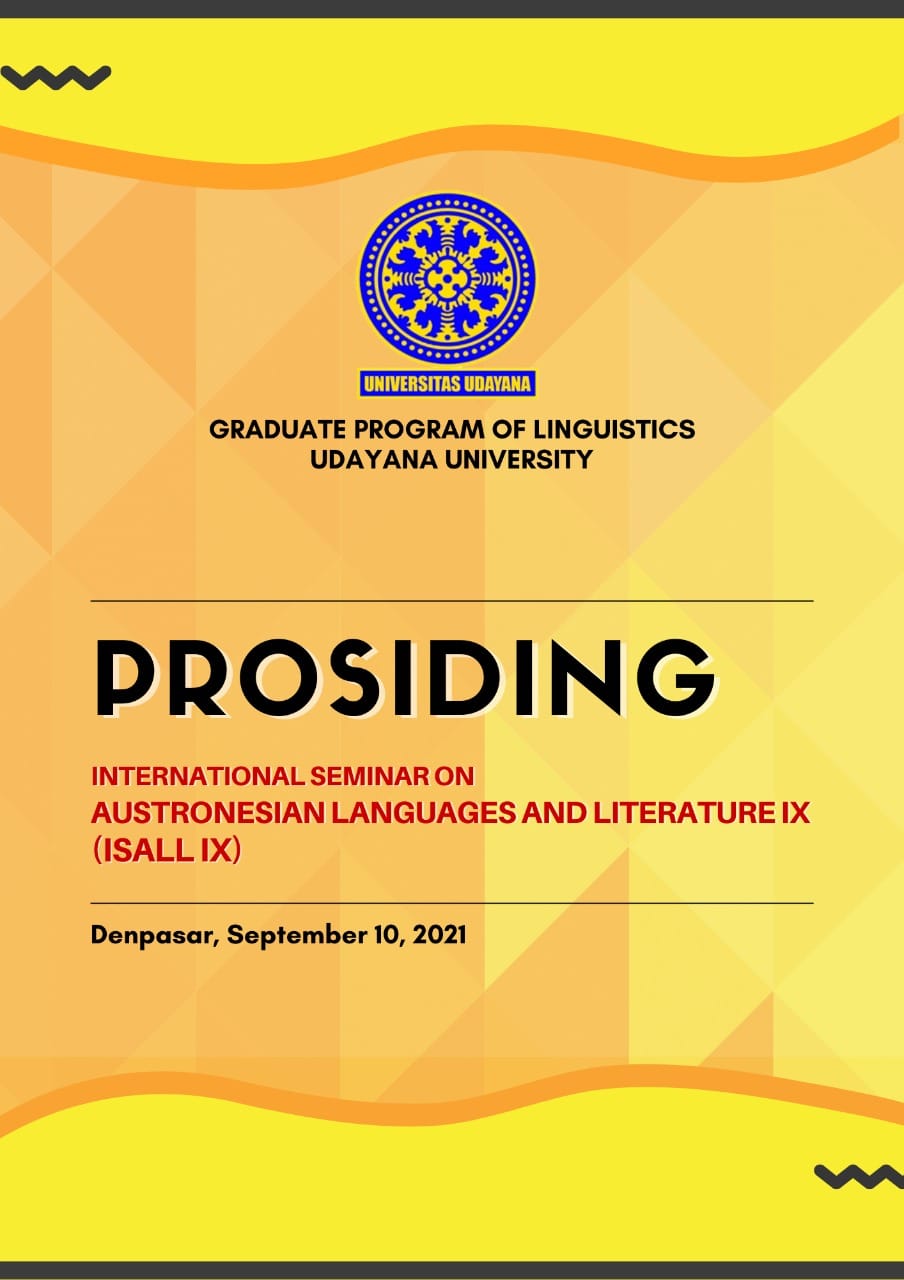Wacana Rasisme Terhadap Golongan Minoritas di Jepang (Tinjauan Analisis Wacana Kritis)
Abstract
Othering phenomenon, recently became a common reality that happened widely. People are tend to feel at ease when interact within their community that has similar vision in life, preferences, or else. However, most of those people often think and act as their communities or societies are better than the other. So, on purposely they will produce utterances or acts abruptly which could trigger anxiety for people whom become their hatred object. On the other hand, a rapid development on technology of information change people attitudes while communicate online. People can interact without any obligation to disclose their identity on the internet. They could post anything online that may read by anyone without any thought or symphaty for the victim. This article try to analyze whether on the text that found online contain racism with Fairclough’s critical discourse analysis. With three dimension of analysis from textual level, discourse level and sosioculture point of view
References
Bukh, A. 2010. “Ainu identity and Japan's identity: the struggle for subjectivity”. The Copenhagen Journal of Asian Studies, Vol 28 No.2, hal. 35-53.
Burgess, C. 2007. “Jepang yang multikultur? Wacana dan Mitos Homogenitas”. terj. Dipo Siahaan, dkk. dalam The Asia-Pacific Journal: Japan Focus.
Cenderamata, R. C., & Darmayanti, N. (2019). Analisis Wacana Kritis Fairclough Pada Pemberitaan Selebriti di Media Daring. Literasi: Jurnal Bahasa dan Sastra Indonesia serta Pembelajarannya, 3(1), 1-8.
Godefroy, N. 2012. “The Road from Ainu Barbarian to Japanese Primitive: A Brief Summary of Japanese-Ainu Relations from Edo to Meiji” Makalah terdapat dalam prosiding Consortium Making a difference - representing/constructing the Other in Asian and African Media, Cinema and Languages: Consortium of African and Asian Studies (CAAS)
Harun, Y. (2016). LATAR BELAKANG PENGGUNAAN NAMA JEPANG ORANG KOREA. Seminar Hasil Penelitian Universitas Darma Persada.
Naoko, K. (2016). The Comfort Women; Historical, Political, Legal and Moral perspectives. In International House of Japan. https://doi.org/10.31228/osf.io/fvdm6.Susanto
Phrizky, DP. 2020. Wacana Rasisme dalam Film Blindspotting. Calathu; Jurnal Ilmu Komunikasi, Vol.2, No. 2, hal. 73-84.
Sumarti, E. (2010). Analisis Wacana Kritis: Metode Analisis Dalam Perspektif Norman Fairclough. Jurnal Bahasa Lingua Scientia, 2(2), 157-167.
Wedayanti, NPL & Dewi, NMAA. (2021). BAB 5 Strategi Ketidaksantunan Tuturan pada Media Sosial di Jepang Terkait Suku Ainu. Antologi Kajian Linguistik Dan Sastra Jepang, Page 46. Penerbit Deepublish, Yogyakarta.
Wedayanti, NPL. 2021. Ujaran Kebencian terhadap Zainichi Korean di Jepang dalam Linguistik Forensik Studi Kasus Teks Lintas Bahasa, Denpasar. Pustaka Larasan.
Yamada, T. 2003. “Anthropological studies of the Ainu in Japan: Past and present”. Japanese Review of Cultural Anthropology, Vol 4, Hal 75-106.


